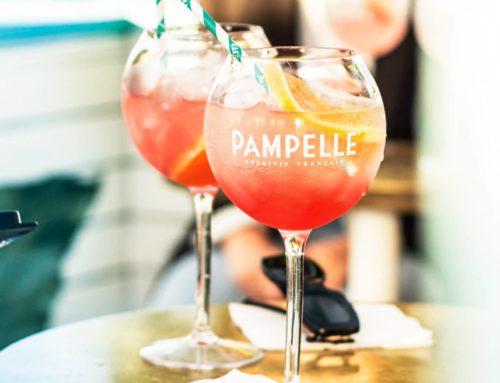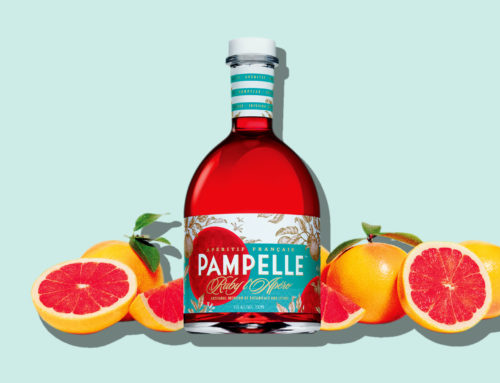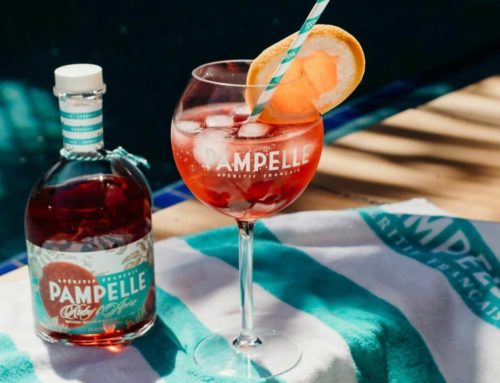The story of Pampelle and our signature Ruby Red Grapefruit aperitif, distinct with its natural botanicals and bright citrus flavours, owes its genesis to the Mediterranean island of Corsica from which these fruits are handpicked. However, the aperitif itself belongs to a time far removed from modernity, with a story all its own. In recognition of the iconic beverage, we take a look back on the exalted history of the aperitif, from its modest beginnings to worldwide acclaim.
What makes an aperitif?
Before delving into its centuries-old origin, it may help to first understand the nature of the drink itself. The Italian Aperitivo, otherwise pronounced Aperitif in French, usually takes the form of a single alcoholic drink – dry and low in alcohol content – that is intended to stimulate the appetite before the meal ahead. Bittersweet liqueurs, sparkling wine and dry whites are common choices. Often enjoyed alongside finger food, a aperitifs may also take the form of non-alcoholic beverages and be taken neat or as a cocktail.
Earliest Mentions
The oldest evidence of the aperitif’s existence dates back to at least the fifth century, after Saint Diadochus Of Photiki, an eminent Christian ascetic remarked: “People who wish to discipline the sexual organs should avoid drinking those artifical concoctions which are called ‘aperitifs’”. Best taken with a grain of salt, perhaps?
In The Italian Tradition
Centuries later in 1786, in the midst of the Age of Enlightment, an Italian distiller by the name of Antonio Benedetto Carpano would create a flavoured, fortified wine, born from the infusion of various herbs and spices. Such was his answer to finding a suitable red wine alternative for the ladies of Turin, Italy. Little did he know, this novel production would see him credited as the progenitor of modern vermouth, and incidentally, the father of the modern aperitif.
Popularity of the aperitif grew in Italy during the 19th century, finding its way to fashionable cafes across Turin, Rome, Florence, Milan, Venice and Genoa. Competition in Vermouth production also started to occur as the Turin-based producer now known as Martini & Rossi began to cultivate their own Moscato based rendition in 1863. The sweet Martini Rosso and a dry Martini Bianco would go on to represent the brand’s acclaimed contribution to Vermouth varieties.
In The French Tradition
Across the border in 1846, French chemist Joseph Dubonnet began to produce an eponymously named aperitif under some quite peculiar circumstances. As a means of persuading French military personnel in North Africa to consume bitter malaria-fighting quinine, Dubonnet created a unexpectedly flavoursome beverage of red wine, herbs and spices that masked the harsh quinine taste. Subsequently, finding popularity with the likes of Queen Elizabeth II.
The Aperitif Today
Though resigned to Europe for much of its history, the aperitif soon began to branch out to the United States and elsewhere during the early 20th century.
Still, the aperitif as it’s formally known – as a pre-dinner event and a singular type of beverage – continues to feature largely as a staple of European dining culture. In Italy, the aperitivo hour (more like aperitivo hours) signifies the window from around 6pm-9pm where patrons of bars, cafes and restaurants partake in modest portions of local food and light beverages before taking their evening meal.
In France, it’s much the same. ‘L’heure de l’apéro’ as it’s known, heralds the apero hour – that golden period before dinner where you can wind down, relax and enjoy a drink and a nibble among friends. Perhaps with a Pampelle Grapefruit aperitif?




